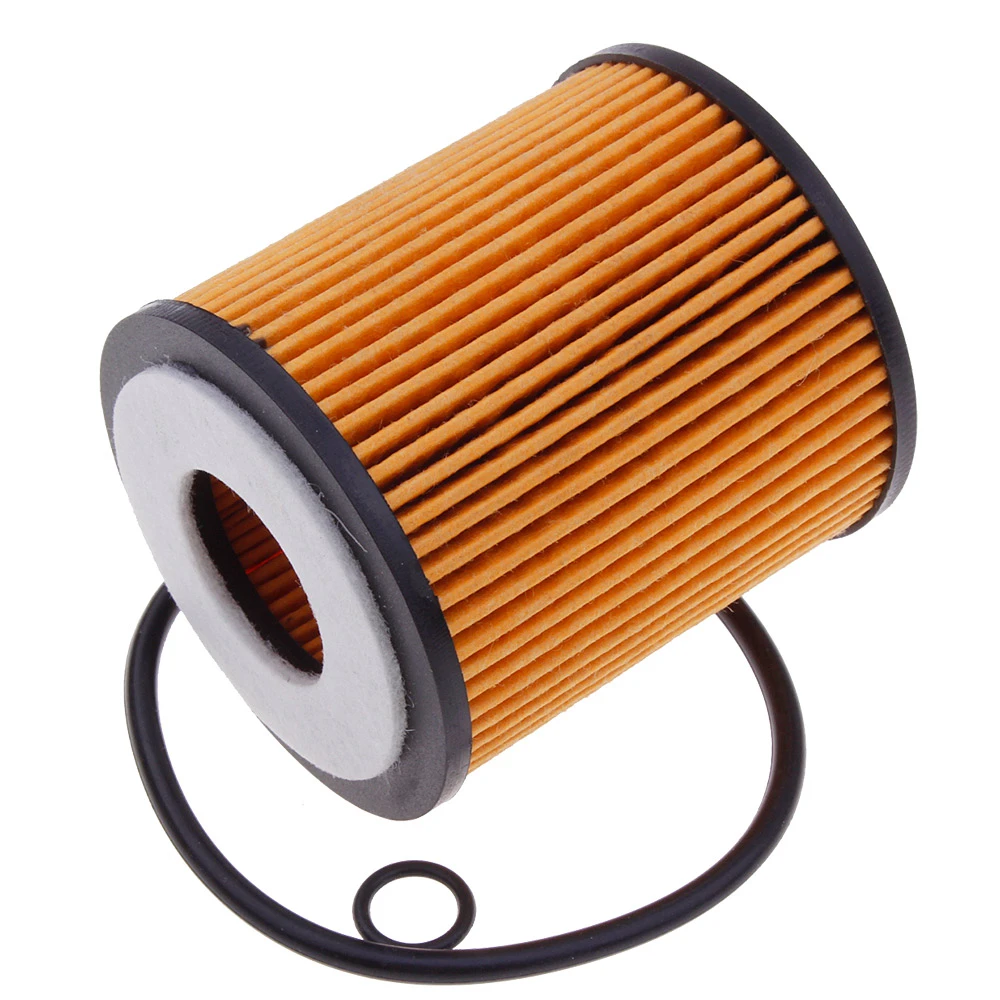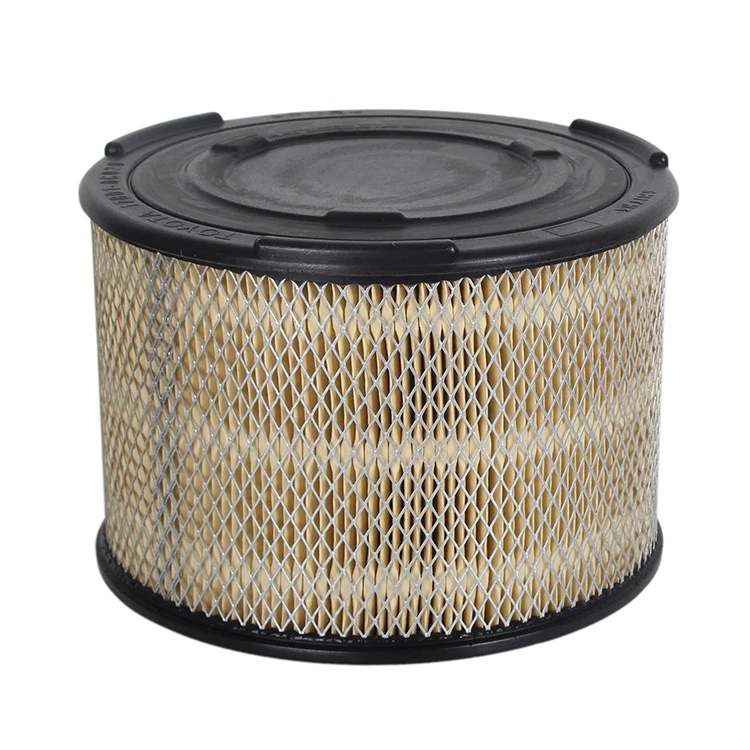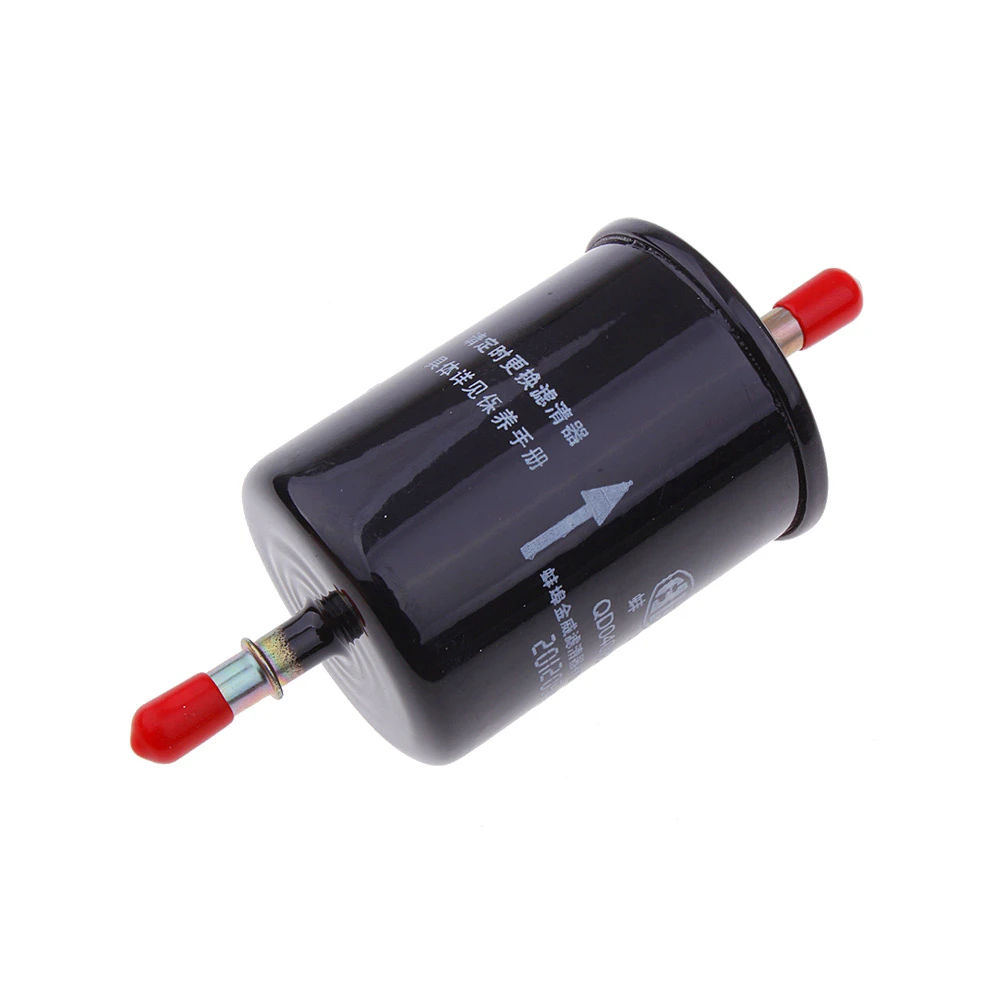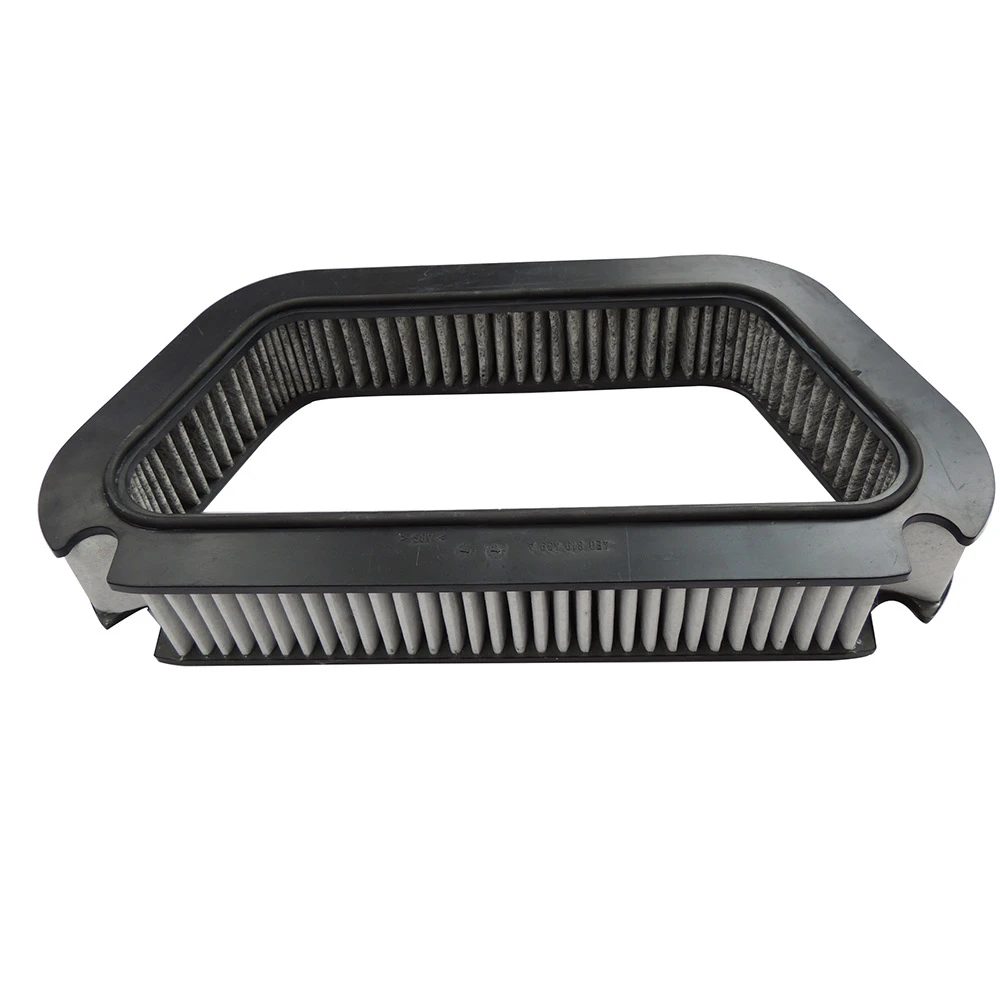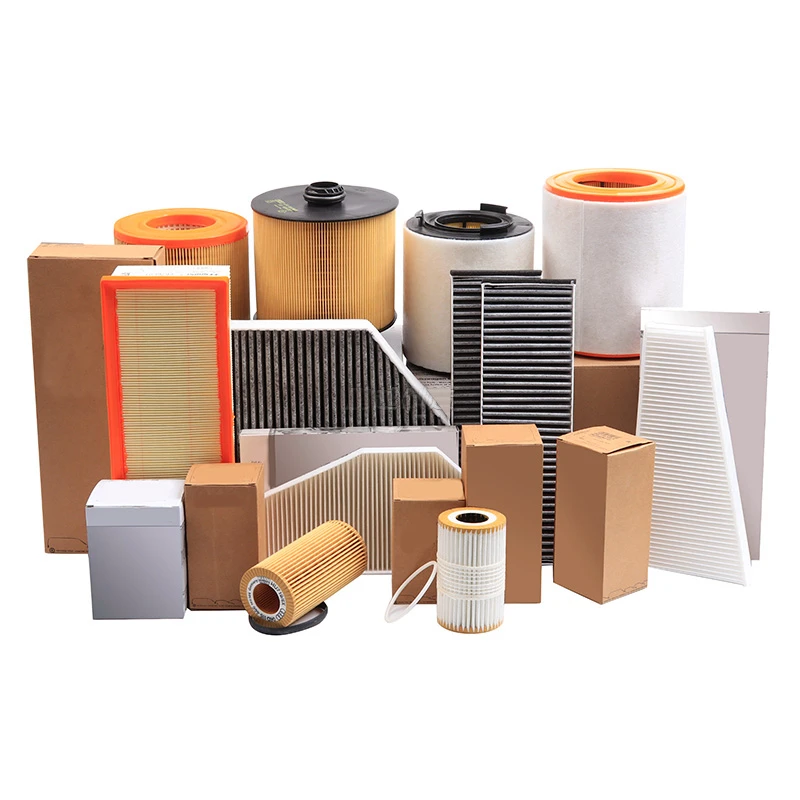
- Understanding Engine Air Filter Function and Importance
- Technical Advantages of Proactive Filter Replacement
- Performance Comparison of Major Filter Manufacturers
- Cost Breakdown: Engine Air Filter Replacement Expenses
- Custom Replacement Solutions for Different Vehicle Types
- Real-World Application Case Studies
- Holistic Maintenance Approach for Engine and Cabin Protection
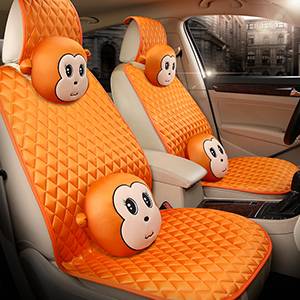
(engine air filter replacement)
Understanding Engine Air Filter Function and Importance
An engine air filter serves as the primary defense against airborne contaminants entering combustion chambers. Studies from the Automotive Service Association reveal that particulate matter concentrations under 10 microns account for 78% of engine abrasive wear during urban driving conditions. Replacement intervals typically range between 15,000-30,000 miles depending on:
- Operating environment (dusty roads accelerate clogging by 40%)
- Driving patterns (stop-and-go traffic increases intake volume)
- Filter media quality (standard paper vs synthetic composites)
Neglecting this essential service can reduce fuel efficiency by up to 10% according to SAE International testing protocols. The compression ratio drops approximately 0.5 points for every 5,000 miles beyond recommended replacement windows, directly impacting horsepower output.
Technical Advantages of Proactive Filter Replacement
Modern multi-layer filtration technology incorporates electrostatic charging and water-repellent coatings that capture 99.7% of particulates down to 5 microns. Synthetic media filters maintain airflow restriction below 0.5 inches of mercury at operating RPM, compared to standard cellulose filters that degrade to over 3 inches Hg when saturated. Technical benefits include:
- 15-20% better acceleration responsiveness
- 2-4% improvement in fuel economy verified through EPA testing cycles
- Extended component life: Turbochargers last 15,000 miles longer
- Reduced carbon deposits on intake valves (90% less accumulation)
Hybrid designs with integrated pre-filters demonstrate 73% longer service life in fleet vehicle trials conducted by Frost & Sullivan. The moisture-wicking properties prevent microbial growth that could trigger MAF sensor miscalibration.
Performance Comparison of Major Filter Manufacturers
| Brand | Filter Media | Capture Efficiency | Durability (miles) | Restriction Increase Rate |
|---|---|---|---|---|
| OEM | Resin-impregnated cellulose | 98.5% @ 20μ | 15,000 | 0.18"/Hg per 1k miles |
| Premium Aftermarket A | Multi-layer synthetic | 99.2% @ 5μ | 30,000 | 0.05"/Hg per 1k miles |
| Economy Brand B | Single-ply paper | 96.8% @ 40μ | 10,000 | 0.35"/Hg per 1k miles |
| Performance Brand C | Oiled cotton gauze | 97.4% @ 100μ | Reusable | 0.08"/Hg (post-cleaning) |
Independent lab tests by ISO 5011-certified facilities show synthetic media maintains 15% higher airflow at WOT conditions versus OEM equivalents. High-flow designs demonstrate measurable performance gains only in forced-induction applications exceeding 500hp.
Cost Breakdown: Engine Air Filter Replacement Expenses
Market analysis reveals significant price differentials based on vehicle class and component quality. Luxury vehicles command premium pricing with BMW/Audi filters costing $48-65 versus economy car filters at $12-28. Installation complexities vary dramatically:
- Basic sedans: 5-minute DIY replacement
- German performance models: 45-minute procedure requiring intake disassembly
Dealership parts markups contribute to 72% cost inflation compared to certified aftermarket equivalents. For dual-engine cabin air filter replacement, add $22-85 for components depending on active charcoal inclusion and HEPA filtration capabilities. Labor times remain similar to engine filters.
Custom Replacement Solutions for Different Vehicle Types
Application-specific engineering optimizes filtration efficiency across vehicle categories:
Commercial Fleets: Extended-life cyclonic pre-filters reduce service frequency by 60% in construction environments with heavy silica dust. Tested for 50,000-mile intervals in mining operations.
Performance Applications: Low-restriction cotton gauze filters outperform paper media by 8-12 CFM on dyno tests above 6,000 RPM. Requires oiling every 3,000 miles to maintain efficiency.
Hybrid/Electric Range Extenders: Sound-dampened housings with directional vanes reduce intake noise by 12dB for NVH-sensitive applications. Specialized hydrophobic membranes prevent moisture intrusion in engine compartments with limited thermal cycling.
Real-World Application Case Studies
Taxi Fleet Analysis (Chicago): 200-vehicle trial comparing 15,000 vs 30,000-mile replacement intervals. Extended-interval group showed 14% higher fuel consumption and required $28,500 more in throttle body services during 150,000-mile study period.
Off-Road Enthusiast Group (Arizona): Installation of pre-filters with dust ejection valves reduced primary filter replacement frequency by 63% during desert driving seasons. MAF sensor failures decreased from 11% to 2% annually.
European Performance Garage (California): Switch to high-flow reusable filters on modified vehicles averaging 3.2 dyno sessions monthly prevented filter disintegration issues documented with standard paper elements under sustained high-RPM conditions.
Holistic Maintenance Approach for Engine and Cabin Protection
Synchronizing engine air filter replacement
with cabin filter changes creates comprehensive protection against particulate intrusion. Data from EPA indoor air quality studies indicate that combining both services delivers 37% greater HVAC efficiency and reduces pollen infiltration through ventilation systems. Most manufacturers recommend concurrent replacement since:
- Labor costs decrease by 25% when bundled
- Component failure correlation shows 11-point reduction in blower motor replacements
Modern vehicles with active intake monitoring systems provide accurate predictive maintenance alerts, replacing rigid mileage intervals with real-time air restriction data. Technicians using MAF-based diagnostic protocols can extend filter life by 15% without compromising protection.
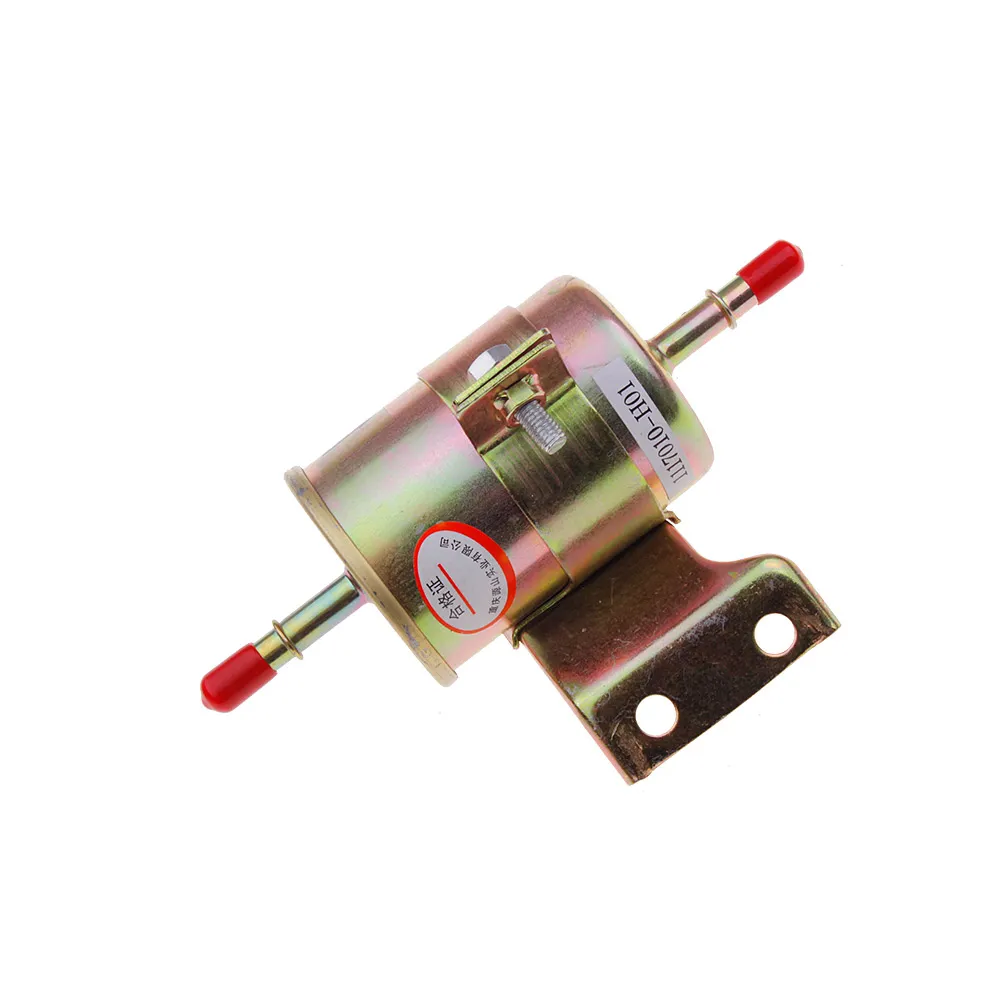
(engine air filter replacement)
FAQS on engine air filter replacement
Q: What is an engine air filter replacement?
A: An engine air filter replacement involves removing the old, clogged filter from your vehicle's engine intake system and installing a new one. This ensures clean airflow to the engine, improving performance and fuel efficiency. It's a standard part of routine vehicle maintenance.Q: How much does an engine air filter replacement cost?
A: Typically, engine air filter replacement costs between $20 and $50 for parts, plus $10-$20 labor if done professionally. Prices vary based on vehicle model and filter quality—premium or high-performance filters may cost up to $100. DIY replacements cut costs to just the filter price.Q: How often should I replace my engine air filter?
A: Most manufacturers recommend replacement every 15,000–30,000 miles or every 12-24 months. Frequency depends on driving conditions (e.g., dusty areas require more frequent changes). Check your owner’s manual for specific intervals.Q: What is the combined cost for engine and cabin air filter replacement?
A: Replacing both filters typically costs $50-$150 total at a service center. Cabin filters range $15-$50, while engine filters add $20-$50, plus $30-$50 for combined labor. DIY replacements reduce expenses to just the cost of both filters.Q: Can I replace my engine air filter myself?
A: Yes—most engine air filters are easily accessible under the hood and require no tools. Simply open the air filter box, remove the old filter, and insert a new one matching your vehicle’s specifications. Always consult your owner’s manual for location and safety steps.-
Vehicle Performance with Premium Car Filter SolutionsNewsJul.02,2025
-
Upgrade Engine Performance with Timely Air Filter MaintenanceNewsJul.02,2025
-
Optimize Vehicle Health with Timely Air Filter ReplacementNewsJul.02,2025
-
Every Drive with Next-Level Car Filtration SystemsNewsJul.02,2025
-
Driving Comfort with Advanced Air Filtration SystemsNewsJul.02,2025
-
Cleaner with Next-Generation Automotive Air FiltrationNewsJul.02,2025
-
The Importance of Cabin Filter and Engine Filter: The Role and Maintenance of Cabin Filter and Engine FilterNewsJun.25,2025
Related Products
